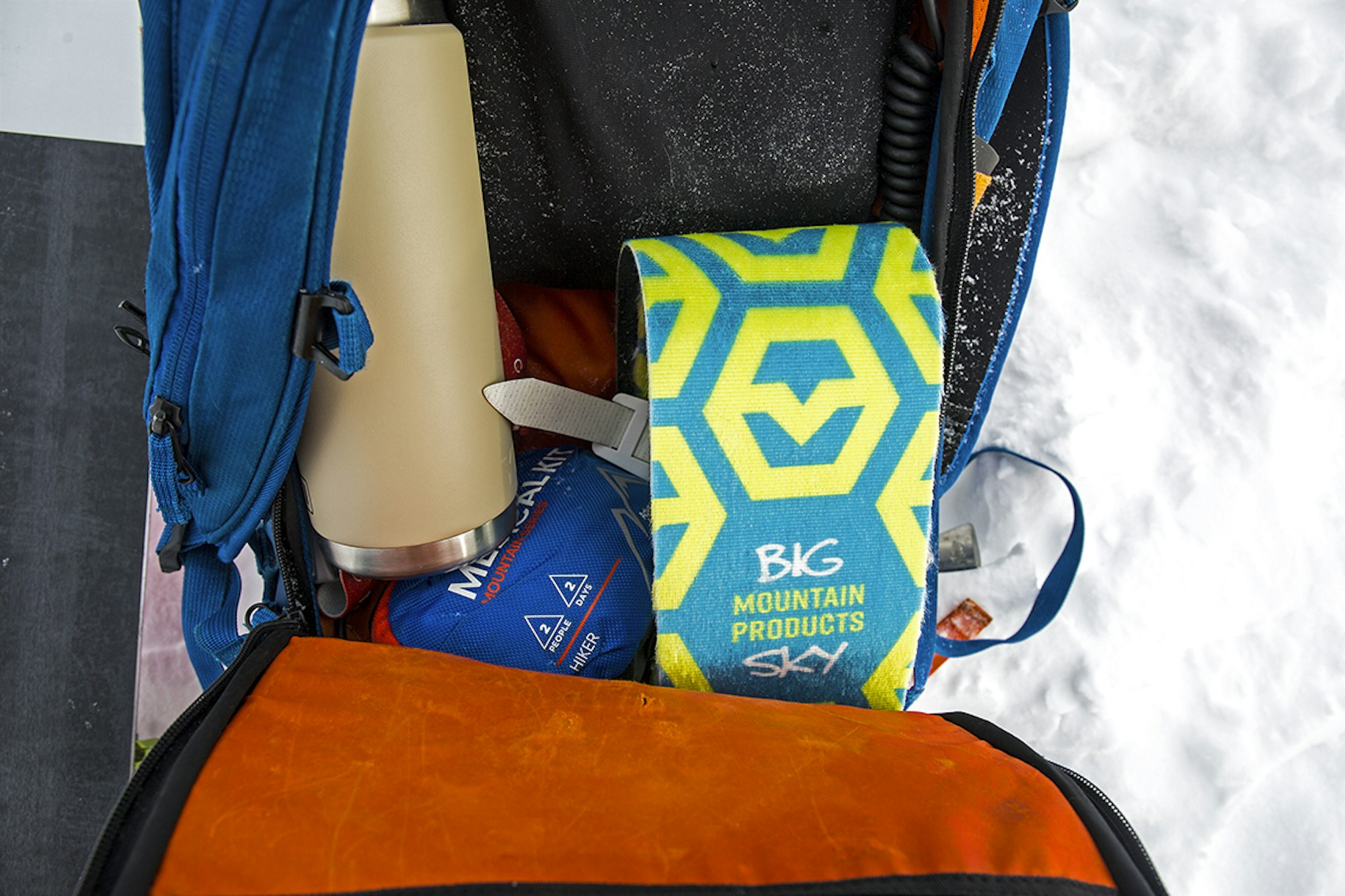In the decisively “un-sexy” world of climbing skins, there are a few established players that backcountry skiers have relied upon for years. These guys have refined their product offerings to offer skiers the best combination of grip, glide and durability, while keeping weight in mind, of course. Personally, I’m not someone who equates climbing skins to un-sexy and boring—quite the opposite, actually.
If your touring skis and bindings are your peak-bagging car, then your skins are the wheels. You can’t make it to your objective without them, unless you’ve got some Fred Flintstone hijinx hidden up your sleeve. So, when a new company emerges that’s making its own climbing skins, I get irrationally—your words, not mine—excited to get my hands on them. In this case the ski wheels I’m referring to are produced by Big Sky Mountain Products.
Big Sky Mountain Products (BSMP) is the brainchild of Tom Jungst, who cut his ski mountaineering teeth in Bozeman, Montana, with the likes of Doug Coombs, Scot Schmidt and Jim Conway. Jungst moved to Bozeman in 1977 to attend Montana State University and translated an engineering degree into a business, Jungst Scientific, in 1984. The company manufactured parts and pieces that were implemented in various outdoor industry companies’ products. Jungst would also found Jungst Bikeworks, which manufactured mountain bikes in Bozeman for twenty years before being sold. Jungst would move into a teaching role at Montana State University while managing BSMP, with the goal of producing climbing skins that will “carry you to new places so you can share those adventures.” Now, Jungst works at the National Laboratory in Los Alamos, New Mexico, and still spearheads the engineering and design aspects of BSMP, while Jackson Keogh and Eric Haferman manage the day-to-day business.
In order to appeal to backcountry skiers on a budget, BSMP produces all skins in-house, and the expert package (which comes with cutting materials, and the companies’ wire tip connector and snap tail connector) variety retails for $119.99, a steep drop-off from many other competing skin brands.
Fun fact: The company’s pineapple logo is a tribute to Jungst’s youthful antics when he used to hide full pineapples in his friends’ packs before hiking up mountains. It’s a nod to fun-having of his youth and a reminder to always keep fun at the forefront.
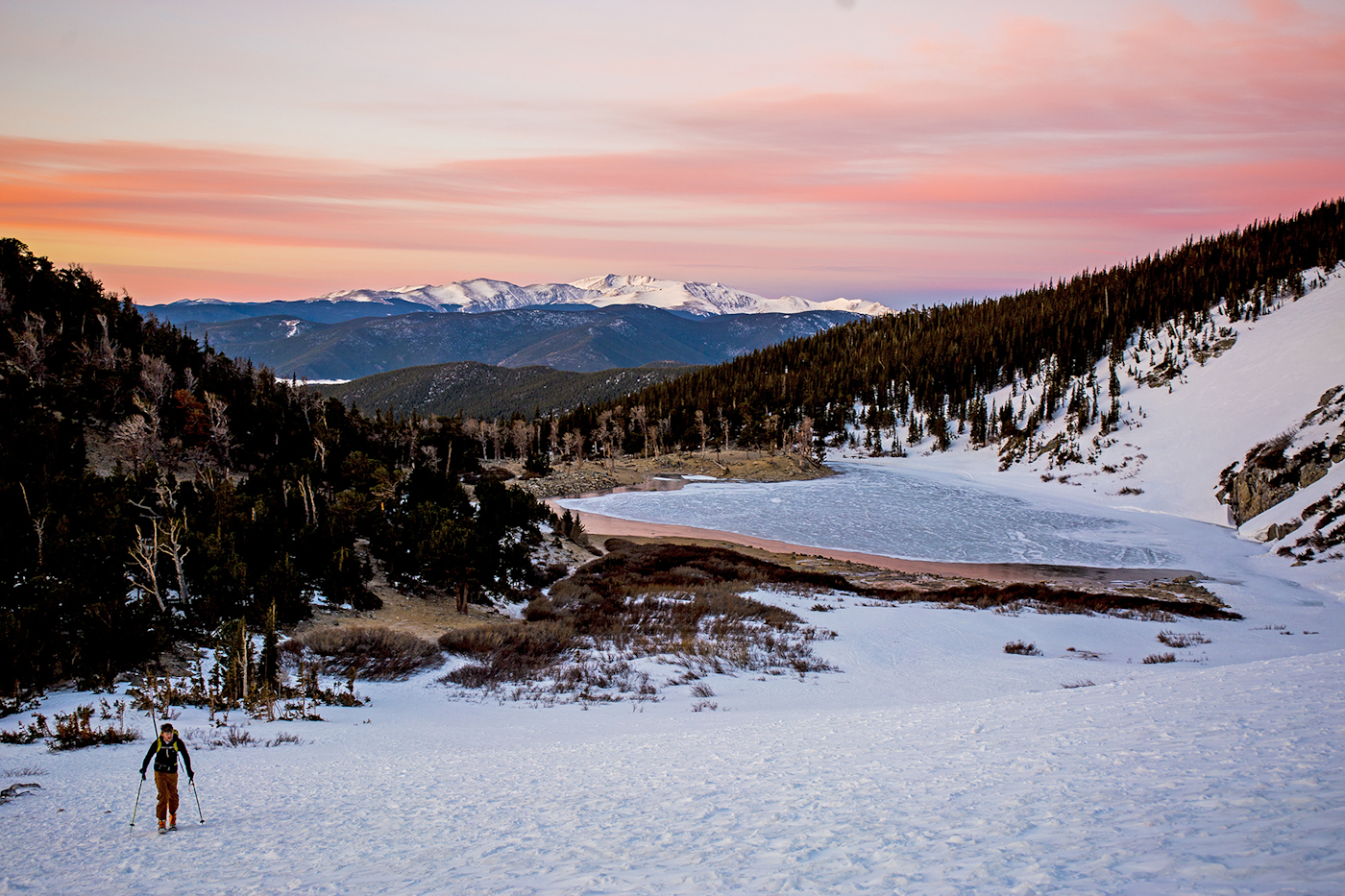
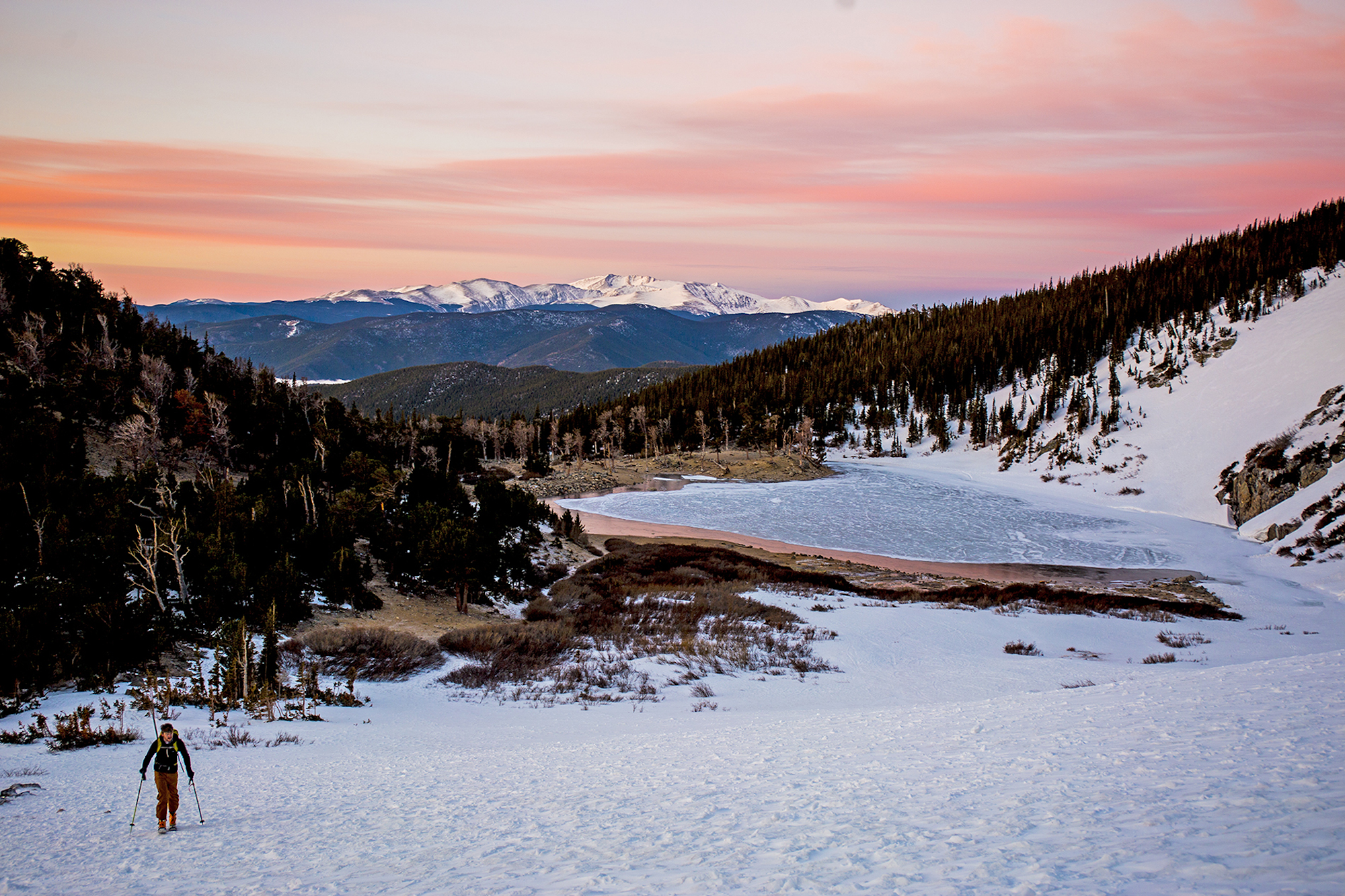
Just another spring day in Colorado. Photo: Donny O’Neill
I took BSMP’s skins out on an attempt to climb and ski a formidable descent in Colorado’s Front Range. Spoiler alert: We bailed on our main objective due to a litany of warning signs, but not before squeezing out over three miles of early morning touring.
The skins are of the nylon variety, rather than mohair. BSMP engineers the plush component to have a fiber stiffness and angle that helps give it a mohair-like glide, but with the high-quality grip that nylon is known for.
BSMP also strives to provide the most balanced adhesion component with its skins. The company’s goal is to produce skins with a peel strength not too high so they aren’t difficult to remove and not too low, meaning they won’t stick to your bases, and won’t leave any sticky residue, either. The skins are also built to walk the line between weight savings and durability.
So, how did they perform?
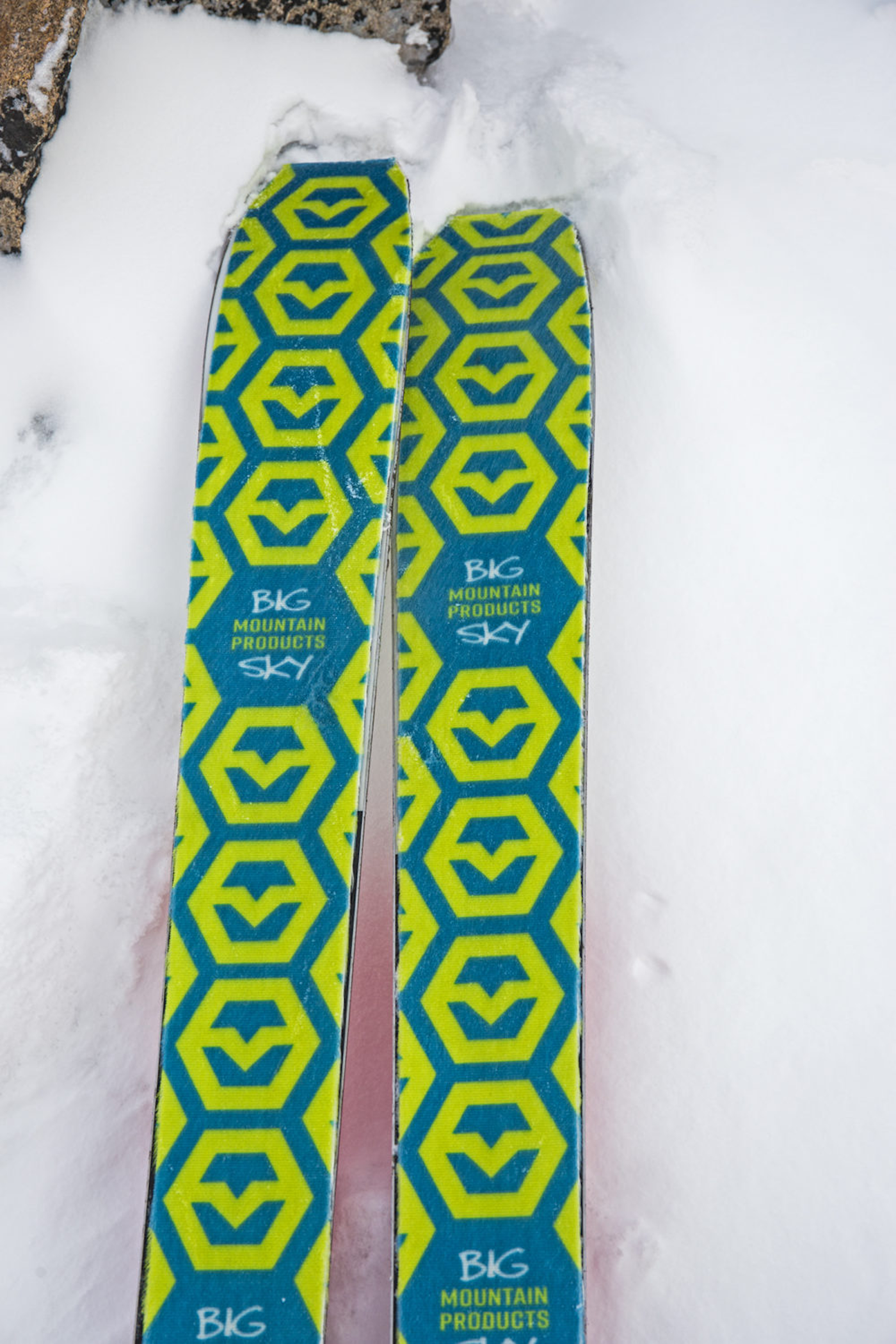
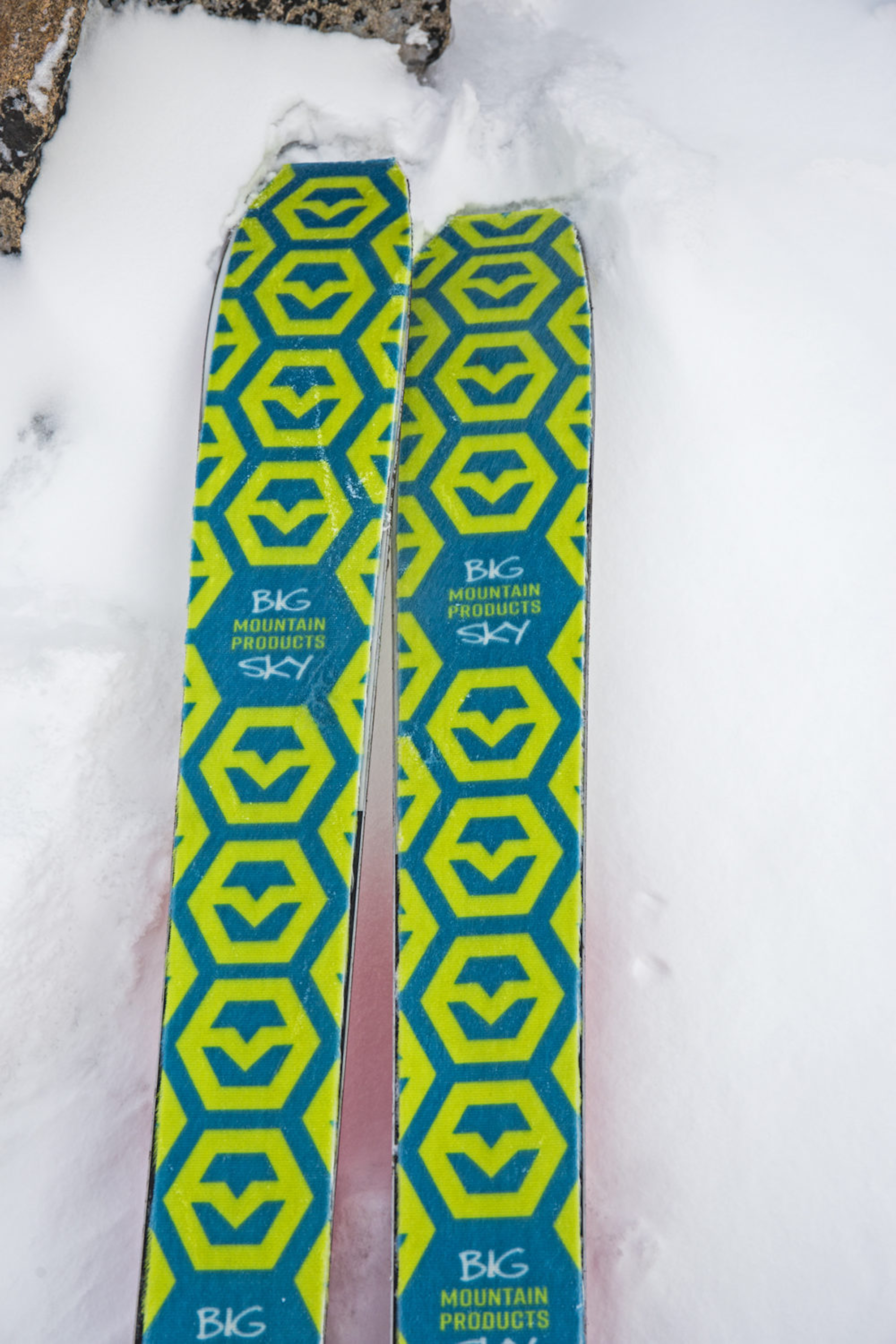
BSMP, just prior to rippin’.
We began touring at about 5:00 a.m., with a hard freeze preceding us the night before, which resulted in some truly bulletproof snow on the trail. Throughout the three-plus mile journey to our turnaround point, we traveled across everything from smooth, slick refrozen sugar snow, icy waves of sastrugi and soft, penetrable wind buff, all plastered to slopes in the 10 to 20-degree range.
While the gliding performance was hard to gauge due to the generally icy nature of the snow—I also was more focused on the bothersome 30 mile per hour headwind—I did notice that I had supreme grip each time the slope angle increased on our ascent. There was no slippage and, subsequently, no unfortunate introductions between my face and the icy ground beneath my feet.
When it was time to rip skins, I did notice a bit of “over-adhesiveness,” but I chalk that up to the fact that this was the first outing on this product. New glue, no matter which pair of skins you’re talking about, has an incredibly strong bond. I was pleasantly aware, though, that once my skins were off, there was very little, if any, residue left behind, and my glide on the descent wasn’t impeded in the least bit.
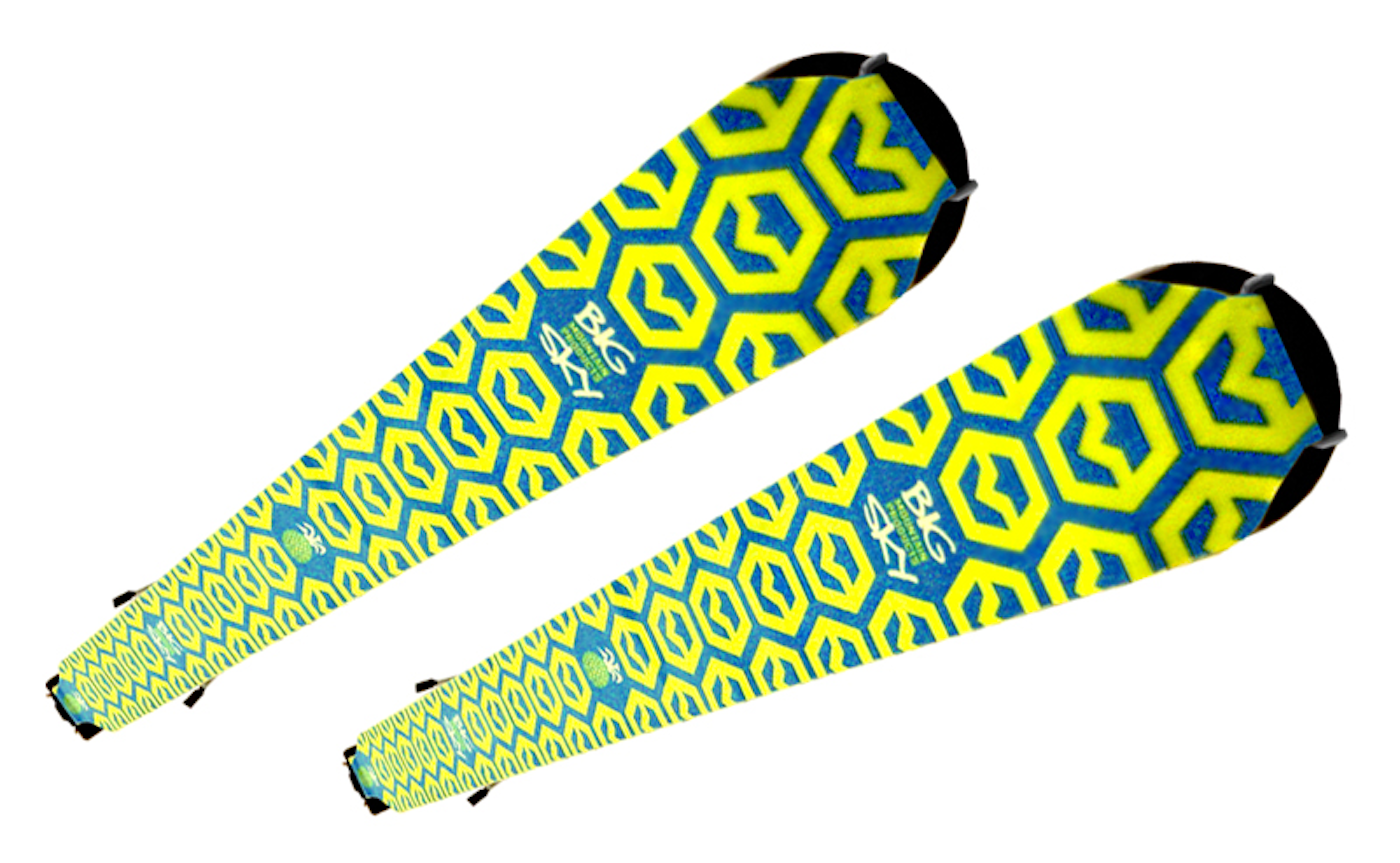
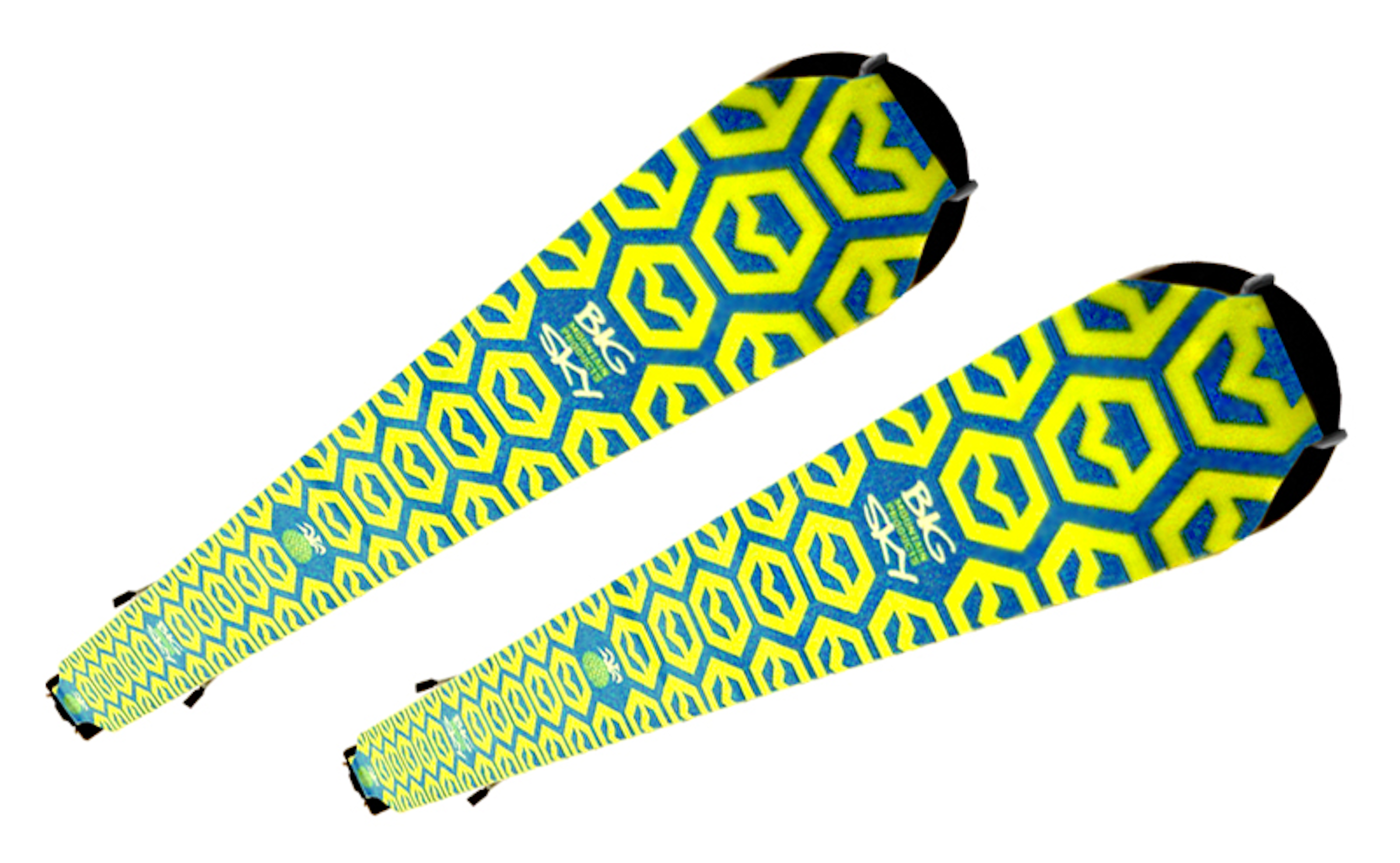
Big Sky Mountain Products Expert Skin.
BSMP utilizes a tiered system in its skin offerings. You can purchase a set of skins for just $89.99 (115 mm; $86 for 130 and $92 for 145) if you already have your own connectors—all skins come in at a 200-centimeter length. You can also purchase a set with included tip and tail connector for $20 more, or splurge for BSMP’s Snap Tail connectors, which cost $40. The snap connectors for both tip and tail will run you $60 more than the base price.
This system allows you to just purchase a base skin for the cheapest price and swap in your tip and tail connectors when your skin dies—in my experience, this is usually due to the glue wearing out.
If I were to include any cons about BSMP’s skins, it would be the cutting and fitting process that came with the expert package. The skins come with a snap tail connector, wire tip connector, skin wax and a utility knife dubbed a “trim tool.” The whole process of attaching tip connectors, while keeping in mind the tail connector length and its 10 centimeters of adjustment was definitely tedious, and the utility knife wasn’t the easiest way to trim the skins down to their correct size. In the end, all worked out well, but there’s seems to be a lot of room for error, there. The skins come with instructions and you’d do best to follow them closely.
You can, however, shell out an extra five bucks for a “hooked razor blade,” that will make the cut job easier. Or, maybe you have a leftover cutting tool from another pair of skins, that’ll also do.
To try a pair for yourself, head to skiskinsonline.com.

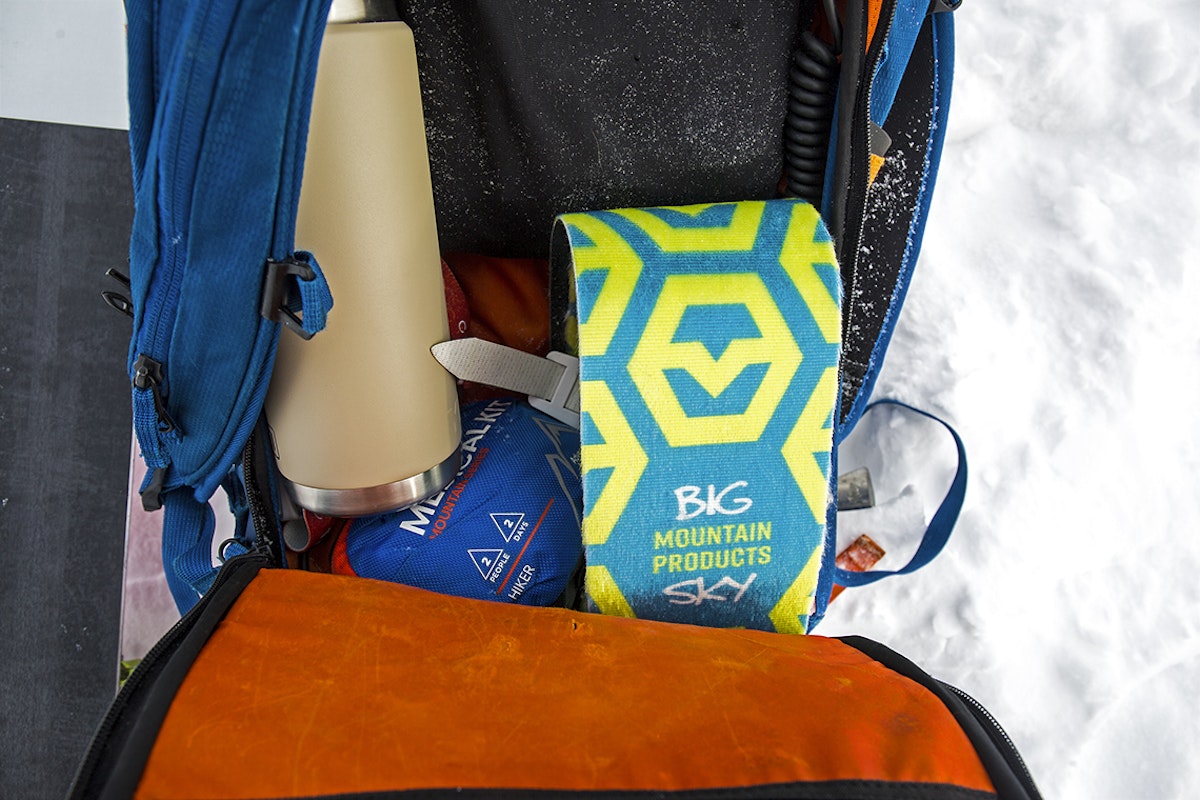


![[GIVEAWAY] Win a Head-to-Toe Ski Setup from IFSA](https://www.datocms-assets.com/163516/1765920344-ifsa.jpg?w=200&h=200&fit=crop)
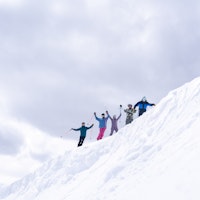
![[GIVEAWAY] Win a Legendary Ski Trip with Icelantic's Road to the Rocks](https://www.datocms-assets.com/163516/1765233064-r2r26_freeskier_leaderboard1.jpg?auto=format&w=400&h=300&fit=crop&crop=faces,entropy)
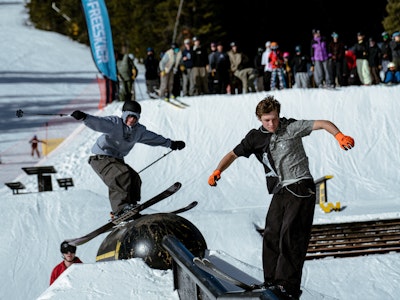




![[GIVEAWAY] Win a Head-to-Toe Ski Setup from IFSA](https://www.datocms-assets.com/163516/1765920344-ifsa.jpg?auto=format&w=400&h=300&fit=crop&crop=faces,entropy)

